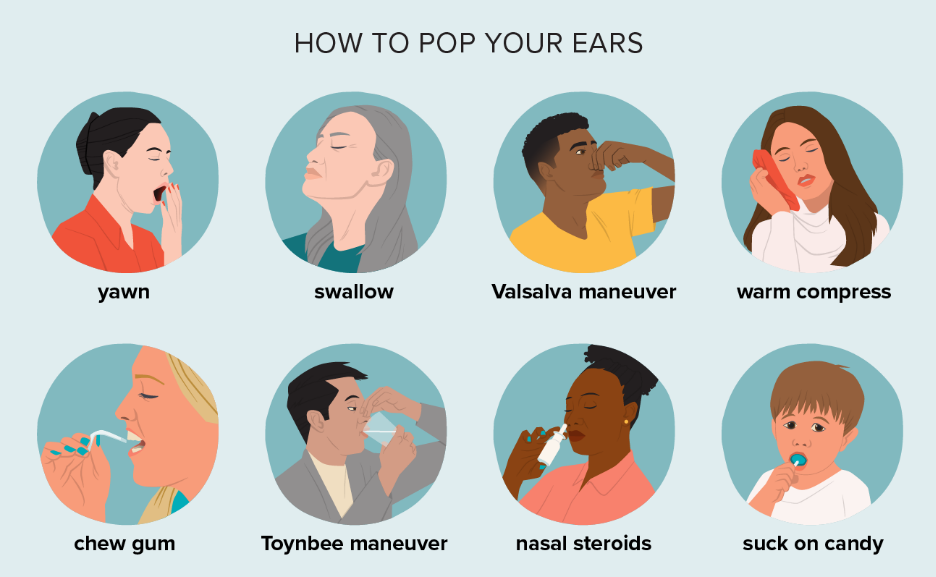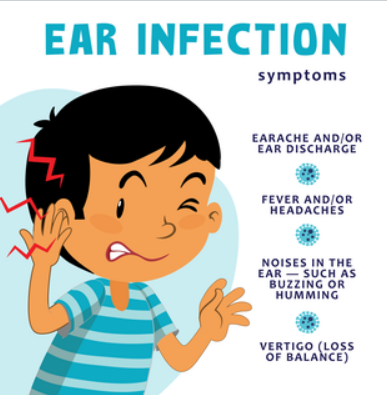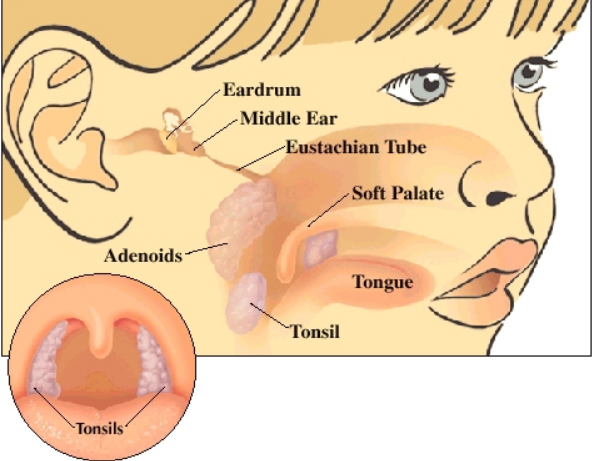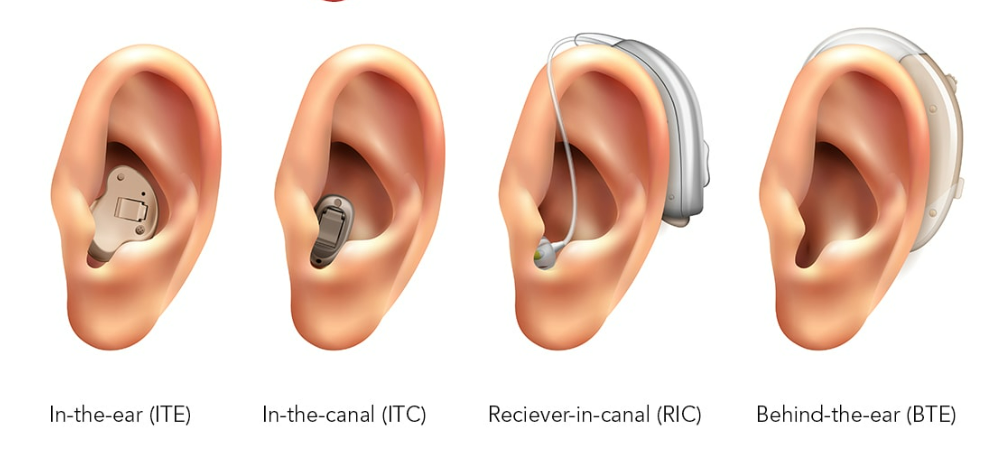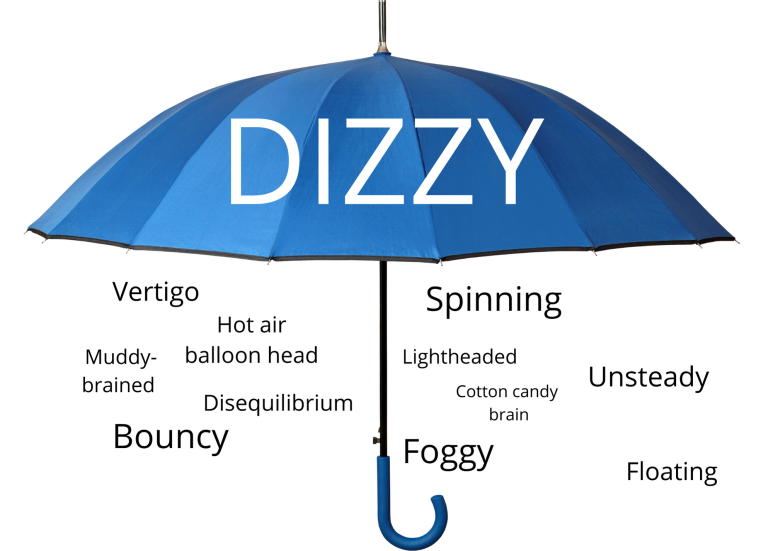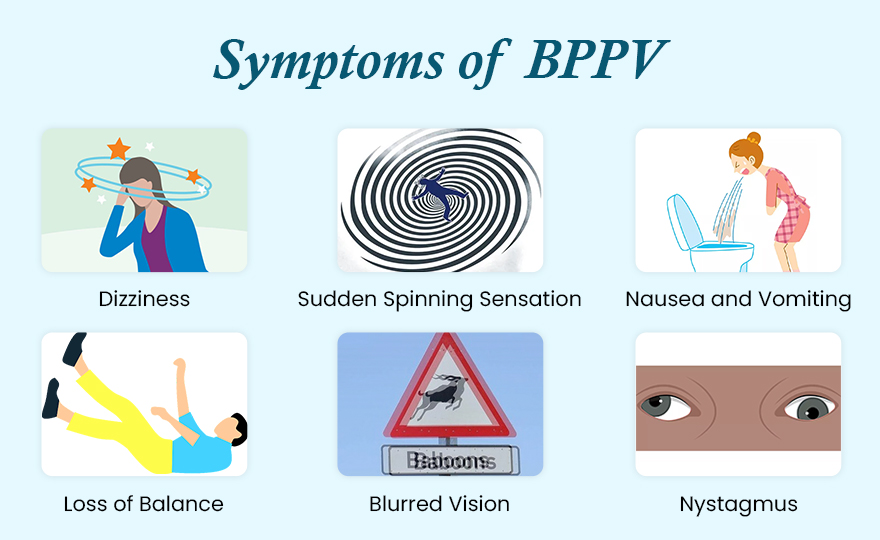
FAQ’s on Ear Surgeries
An ear disease can manifest in a variety of ways like ear discharge, earache, reduced hearing, facial asymmetry, ear bleeding among others. Ear diseases refractory to medications would be cleared by surgery of the ear. Since the ear is a sensitive organ and the anatomy is intricate, the surgery is done using either a microscope or an endoscope, each having its own advantages and disadvantages.
Some ear surgeries are done through the ear canal and some require an incision behind the ear on the natural crease line to minimize the post-operative scar. Depending on the type of surgery required the surgeon usually takes a call on the endoscopic or microscopic surgery, if microscopic, whether to be done through the ear canal or if it requires an incision from behind the ear.
As with any surgery, the patient undergoing it runs a modest of risks including bleeding, pain and risk of infection.
Before the surgery
Here are a few things to the patient can do before the surgery so things run smoothly:
Prior to having my ears operated on, should I have a hearing test and a scan?
● A pure tone audiometry (hearing assessment) is required before the surgery to assess the degree of hearing loss and the type of hearing loss.
● A High Resolution scan of the Ear may be required by the surgeon to assess the extent of the disease inside the ear and mastoid region.

What is the importance of Nose and throat examination before ear surgeries ?
● A full assessment of the Ear, Nose and Throat is mandatory.
● Endoscopic examination of the nose becomes important as it is the main organ of ventilation of the ear through the Eustachian tube which is at the back end of Nose.
What can patients do to prepare for ear surgeries?
● Inform the doctor about any medical condition(s) or medication(s) that the patient is on and ask whether it has to be taken on the morning of the surgery.
● Stop smoking if the patient is a smoker at least 3 weeks prior to surgery.
● Arrange for an attendee for the duration of the hospitalization.
● Make sure insurance clearance has been done before admitting the patient to the hospital and if there is any query raised by the insurance company, kindly Whatsapp us the same to us at 8217884802.
● If you have been planning for a day-care surgery (admission and discharge on the same day) kindly get admitted before 6 am or as discussed by your doctor and carry all the reports and scan films along.
During the surgery
Patients are not allowed to eat or drink anything from midnight before the day of surgery. If any medications are advised by the doctor, it has to be taken with a few sips of water.

Will I be awake during the procedure?
Ear being an organ of intricate anatomy and organ of hearing, simple ear surgeries may last for about 1.5 to 2 hrs, more complex ear surgeries may take longer time. Most ear surgeries are usually done under general anesthesia (the patient will not be conscious during the procedure) to aid comfort to the patient and operating surgeon.
After the Surgery
After the procedure, will there be a dressing?
● Mastoid dressing will remain for 5 days after the operation and will be changed to box / tegaderm dressing on first follow-up
● Box / Tegaderm dressing shall remain for 10 days after being put and will be removed on second follow-up
● Both dressings should be maintained clean and water should not come in contact with both dressings

How to apply ear drops after removal of dressing ?
● After the box / tegaderm dressing is removed, NEOSPORIN H ear drops will be started.
● NEOSPORIN H EAR DROPS to be used 4 drops thrice daily in case of intact canal procedures and 6 drops thrice daily in case of canal wall down procedures
● 3 bottles of ear drops for intact canal wall and 4 bottles for canal wall down procedures to be used after which the patient shall come for follow-up
● During the use of ear drops, water should not enter the ear while bathing / washing face etc. for which cotton balls soaked in coconut oil to be squeezed dry and placed in the ear during them.
General precautions
● Avoid bending forwards
● Avoid lifting heavy weights
● Avoid vigorous cough or straining while passing stools, report to the hospital / surgeon in such case
● Sneeze with mouth open at all times
● Avoid sleeping on the operated side
● Head bath should be avoided for 3 weeks after surgery
● In case of any respiratory condition of the patient requiring use of inhalers / rotacaps, patient shall switch over to nebulizers after consulting with pulmonologist
● All medications should be used at the prescribed manner by the patient without fail
● In case of any emergency, patient should report to hospital emergency
– Dr. Prashanth R Reddy
“E.N.T. health – ENTry for better senses”.








